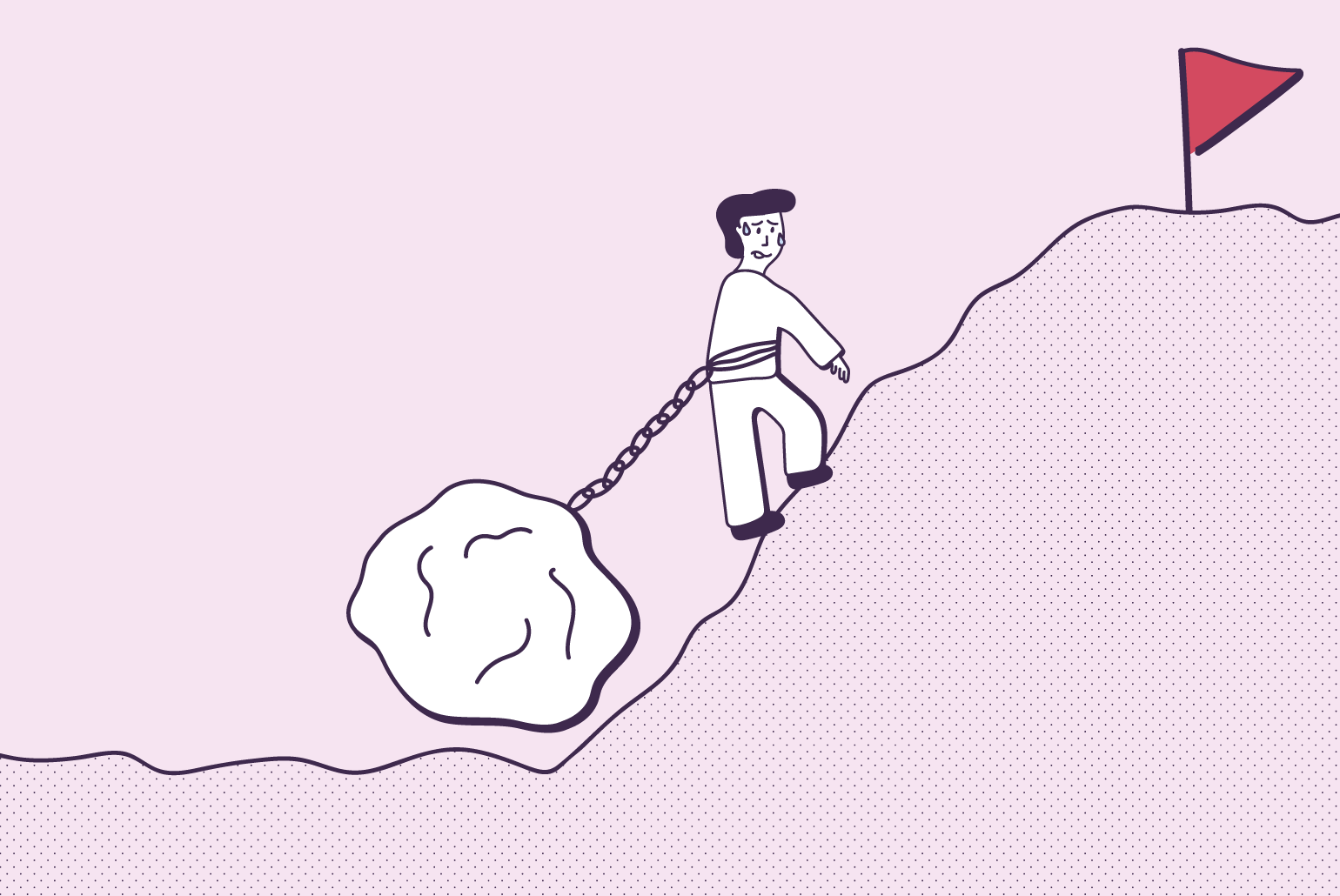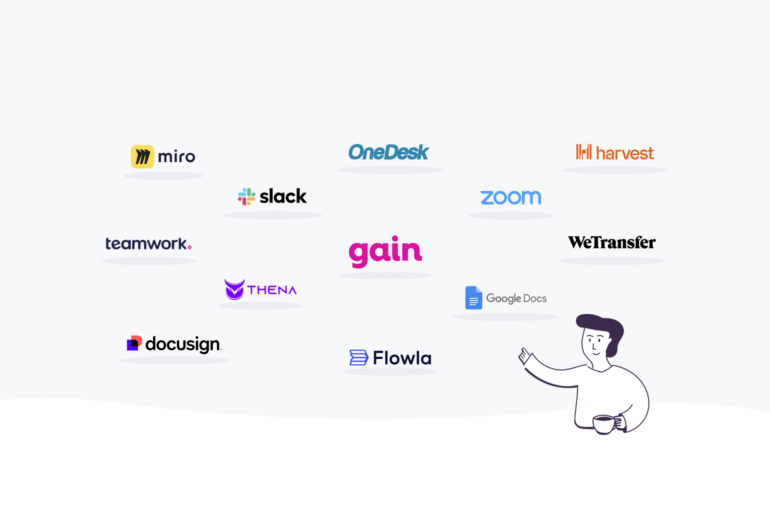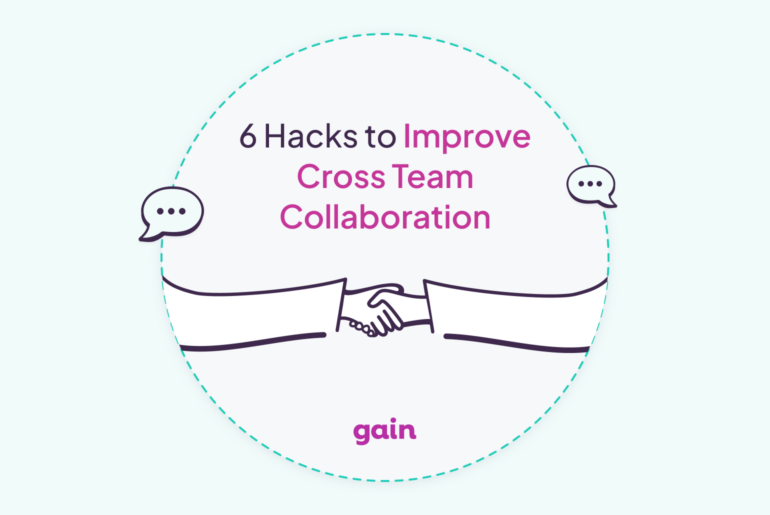Strong productivity in the workplace is vital to building a successful company. It leads to higher output, which means increased profits for your organization. High productivity also boosts employee morale.
On the other hand, the effects can be detrimental when employees fail to complete their work in the allotted time.
From stress and communication to the proper training and tools, there are numerous reasons why your employees may not be getting much work done. But before you can fix the problem, you have to identify the cause of the issue.
Here’s a look at 8 common productivity roadblocks that may be affecting your team and how you can resolve them.
8 Most Common Team Productivity Killers
- Poor communication;
- Insufficient training;
- Inadequate tools and equipment;
- Too many meetings;
- Stress;
- Context switching;
- Micromanagement;
- Conflict and team dynamics.
1. Poor Communication
Without proper communication, it can be impossible for a workplace to run efficiently. Employees might not know what you expect of them or lack confidence in their role. They may also feel uncomfortable opening up about any issues.
Instead of asking for help, employees may act as if everything is okay and continue struggling on their own. This often results in low-quality work or decreased productivity.
What to Do
Excellent communication consists of discussing problems or performance issues with your employees. It’s your responsibility to engage with employees and provide helpful feedback.
You can clear up any confusion and encourage accountability by making sure everyone is clear on their job responsibilities right from the start. You might also find it helpful to set new hires up with mentors or more experienced teammates so that they can turn to them if they need help.
Make sure you establish an active line of communication with employees so they’ll feel comfortable approaching you when problems arise.
2. Insufficient Training
When you hire someone, they may not initially have every skill needed for the position. Also, many industries evolve quickly and require additional training later down the road.
However, a study by MIT Management reveals that only 38% of contract employees receive formal job training. Employees who don’t receive proper training are likely to make mistakes or struggle to complete their work. This can cause frustration and hamper productivity.
What to Do
You can quickly fill in any gaps in an employee’s experience or knowledge with on-the-job training. Cultivate a work environment that values continuous learning. Identify skill gaps and opportunities for employee development and training.
Preparing team members with the skills they need will increase their job satisfaction and productivity while providing a path for mobility within the company.
3. Inadequate Tools and Equipment
Your employees can only be as successful as the tools you give them. Not having the right supplies can massively hinder their ability to get work done.
Every employee has different needs. For instance, a team member may work more effectively with a dual monitor setup or an ergonomic keyboard.
What to Do
Don’t leave employees to be resourceful and figure out their own solutions. Show them you value their needs by supplying them with tools that facilitate collaboration and enable them to do their best work.
Also, be sure to update all computer systems and software as needed. Employees will waste a lot of time if they have to wait a while for their computer to boot up before they can get started on their work.
4. Too Many Meetings
Your staff face many distractions in a typical workday. From buzzing cellphones to loud conversations, it can be challenging to focus when a lot is going on around you. Meetings, however, are one of the top distractions in the workplace.
A Microsoft study found that, on average, 57% of a typical workday is consumed by communication activities, encompassing team meetings, chats, and emails. Consequently, this extensive communication workload leaves employees with limited time for creative work or undistracted task completion.
Source: Microsoft
What to Do
You can reduce time spent in meetings by finding ways to help employees run them more efficiently. You can also try implementing a meeting-free day once a week.
5. Stress
Whether it’s work-related or personal, periods of high stress can lead to missing more days of work, lower employee engagement, and decreased productivity. It can significantly impact an employee’s ability to focus and complete tasks.
According to the Corporate Wellness Magazine, stress not only kills productivity but can also damage employees’ mental health in the long run.
What to Do
During times like these, it’s crucial to offer team members the support they need to recover. Pushing them to get work done will only increase their level of stress and lead to burnout.
You can make team members feel supported by regularly holding one-on-one meetings between employees and their managers. Checking in on people allows them to open up during difficult times.
6. Context Switching
Context switching is a giant productivity killer. It happens when employees constantly shift their focus from one task to another, like working on a client project one minute and then being pulled into an unplanned emergency meeting the next.
A study showed that 43% of knowledge workers often have to switch between different tasks and tools while doing their job. This in turn, negatively affects their productivity levels.
What to Do
Overcoming task jumping in modern workplaces is tough. However, managers can implement better time management techniques like time blocking to allocate focused work periods for specific tasks, reducing unnecessary interruptions and meetings, and encouraging employees to prioritize tasks effectively.
7. Micromanagement
When leaders or managers excessively control and monitor every aspect of work, it can demotivate team members and hinder their ability to work independently and efficiently.
A leader who micromanages may not necessarily harbor ill intentions; they might simply want to be helpful. However, this approach can inadvertently induce stress in employees, as they may become more concerned about avoiding errors rather than maximizing their productivity.
What to Do
Trust your team’s capabilities and assign responsibilities with clear expectations. For example, if you’re a manager, give team members ownership of specific project phases, providing guidance but allowing them to make decisions independently.
Additionally, as a leader, refrain from intervening in everything your employees do. Instead, focus on creating a safe environment where employees feel comfortable asking for help.
8. Conflict and Team Dynamics
Personality clashes or disagreements in the workplace are common. That said, unresolved conflicts and poor team dynamics can create a toxic work environment, leading to reduced collaboration and productivity.
What to Do
Address conflicts promptly through open dialogue and conflict resolution techniques. Foster a positive team culture through team-building activities and regular feedback sessions. For example, organize team-building workshops or retreats to improve team cohesion.
Conclusion: Give Your Team a Productivity Boost
There are likely going to be times when you notice a decline in your employees’ productivity. The tricky part is identifying the reason why they may not be getting much work done. However, once you know the cause, you can work with them to resolve the problem and get their productivity back on track.
Team productivity hinges on having the appropriate tools to automate tasks, freeing your team to concentrate on what truly counts.
Whether you work in an agency or a marketing department, Gain can supercharge your entire team’s productivity by automating every aspect of social media management.
One of the best things about Gain is that it can automate communication with the clients, so your team can free themselves from following up for feedback and approvals. This means your team can put your energy into what really matters—crafting and launching awesome campaigns.
Try for Gain for free now (no credit card required)






